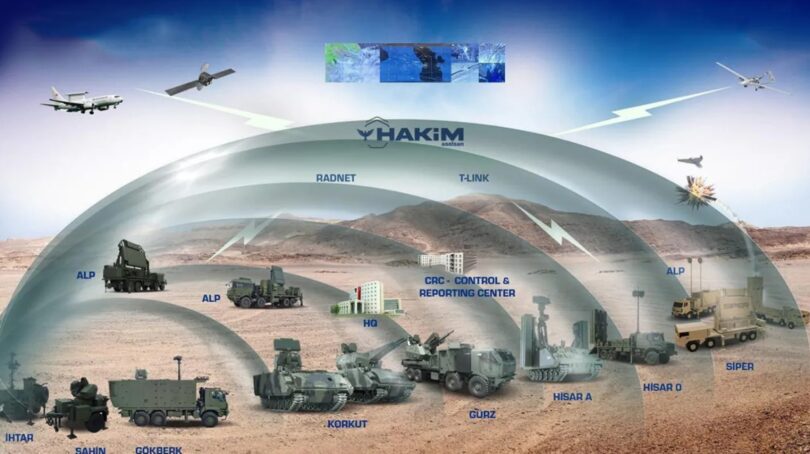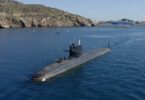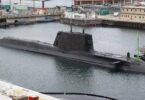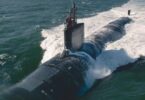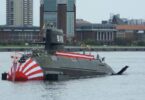Describing it as a “landmark moment” for the country’s defence industry by the Turkish President Recep Tayyip Erdogan, Turkey has launched its new Steel Dome air defence system.
Turkey is reported to be working on technology that could potentially surpass Israel’s Iron Dome. In the recently held NATO meeting, all the member countries accepted the suggestion of United States President Donald Trump that NATO countries, including Turkey, should spend five percent of their GDP on security. Ankara stated that it will strengthen its air defence system.
The Steel Dome
The system has been developed by leading domestic Turkish firms in conjunction with the state and is aimed to protect against a wide range of aerial threats, including drones, rockets, aircraft, and ballistic missiles.
These include radar systems, anti-aircraft batteries, electronic warfare equipment, and other platforms that form the first operational layer of the Steel Dome.
Affirming the effectiveness of the defence system, Erdogan further stated, “Today, we are providing our heroic army with the Sky Dome systems, consisting of a total of 47 vehicles worth 460 million dollars, that will instil confidence in friends and fear in enemies”.
The increasing regional threats have been attributed as the prime factor for Turkey’s decision to develop the system.
In 2019, Ankara purchased the Russian S-400 air defence system, which led to Turkey’s removal from the US-led F-35 fighter jet programme. That created a gap in the country’s defence plans.
Other factors leading to the development of the Steel Dome come from the ongoing conflicts in Syria and Ukraine, along with Israeli strikes on Iranian targets. These have been contributing factors for Turkey’s need to bolster its defence system.
Erdogan explained the motivation clearly: “No country that cannot develop its own radar and air defence system can look to its future with confidence in the face of current security challenges, especially in our region.”
“Steel Dome” (Turkish: Çelik Kubbe) is a multi-layered, domestically developed air defense system that Turkey has recently started deploying. Designed with the aim to reduce Turkey’s reliance on foreign military suppliers and strengthen its national security against a wide range of aerial threats.
Development and deployment of the Steel Dome.
Approval and partners: The Steel Dome project was approved in August 2024 by the Defense Industry Executive Committee (SSİK). It is a joint effort involving major Turkish defense firms, including Aselsan, Roketsan, TÜBİTAK SAGE, and MKE.
First delivery: The initial components of the system were delivered to the Turkish Armed Forces in a ceremony on August 27, 2025. This delivery included 47 vehicles and was worth over $460 million.
How the system works
The Steel Dome is described as a “system of systems,” meaning it incorporates multiple defensive layers to defend against threats at different altitudes and ranges. The command-and-control system, named HAKIM, employs artificial intelligence to create a comprehensive air-threat picture and coordinate responses.
Its layers of defense include:
Short-range (below 5 km): Includes the Korkut and Sungur systems, as well as gun-based platforms like Gürz and Burç.
Medium-range (up to 20 km): Consists of the Hisar-A+ and Hisar-O+ missile systems.
Long-range (beyond 20 km): Features the Siper family of interceptors, with Block 1 already deployed and more advanced versions in development.
The system also utilizes other advanced technologies, such as laser-based directed energy weapons to counter drones and rockets at a lower cost than missile interceptors.
Notable differences between Israel’s Iron Dome and the Turkish Steel Dome.
- Coverage: Israel’s system has been operational since 2011 and has been deployed in combat situations already. This is has proved to be greatly successful against the incoming threats in the Israeli territory. This could also be owed to the strategic planning and implementation of the system while keeping the key strategic points in Israel along with the size of the country. However, in case of Turkey, there are speculations that due to Turkey’s large territory, Turkey may not achieve full nationwide coverage until the 2030’s.
- Range: The Steel Dome’s maximum effective range is significantly less than Israel’s long-range Arrow missile system, which can intercept threats at much greater distances.
- Layered defence: Turkey’s system is being built with multiple, integrated layers from the start. On bases of these claims, reports claim this may prove to be more advanced than Israel’s Iron Dome, which provides more primary-level security.
- Cost will be a major variable. Figures suggest that a shot from the Israeli “Iron Dome” costs over $10,000, and a TAMIR missile costs around $50,000, making it inevitable for Turkey to later export its “Steel Dome” to allied and friendly countries, as announced by the general manager of ASELSAN.
- Israeli air defence system operates with the support of the United States. While Turkey is very determined to achieve independence from external sources, it does not have an unlimited budget and has not yet reached full technological maturity to develop high-performing technologies capable of neutralizing targets flying at very high speeds (up to 8 km/s). It will be up to SSİK, when the time comes, to decide on research priorities and weapon programs and make the necessary trade-offs.
Turkish defence officials have stated that once the Steel Dome is fully operational, it could be offered for export to allied nations.


